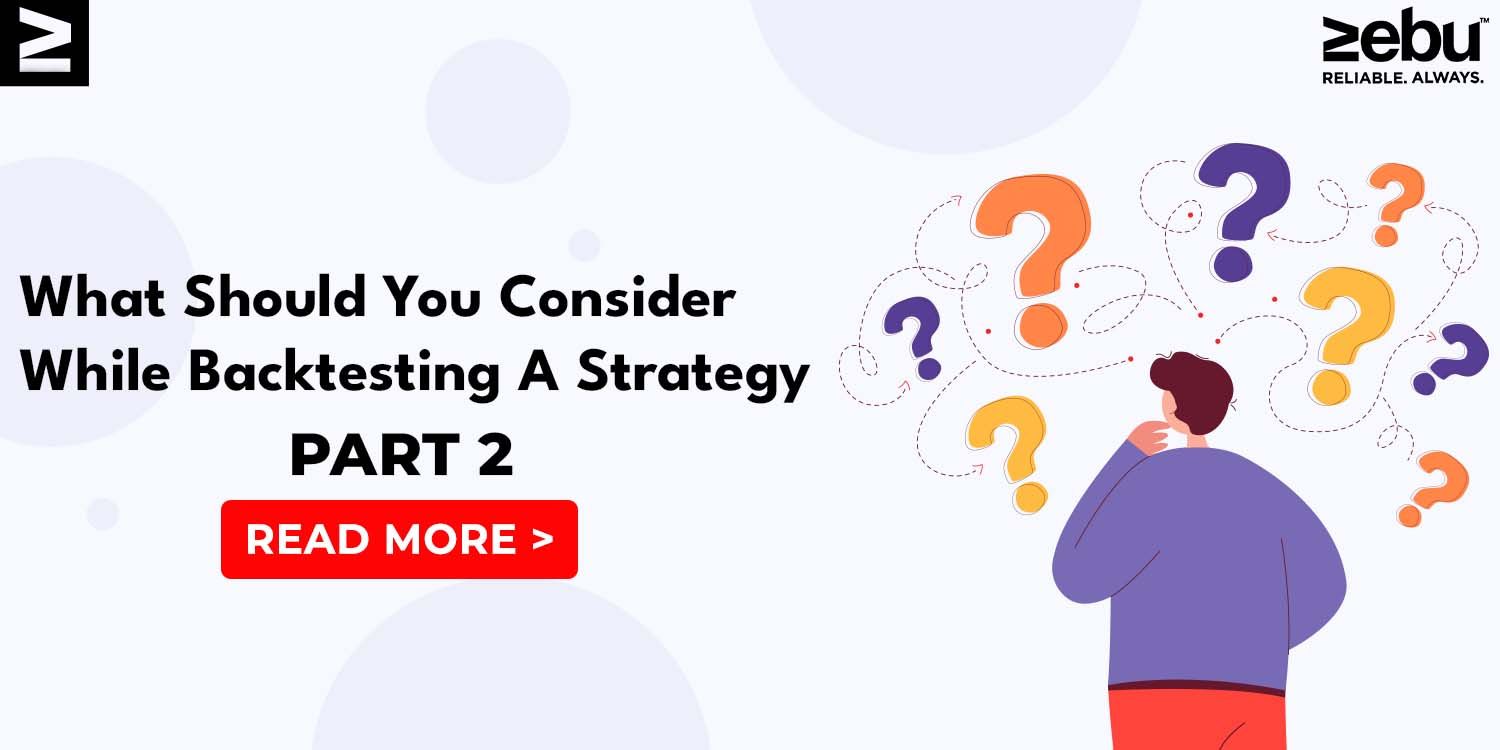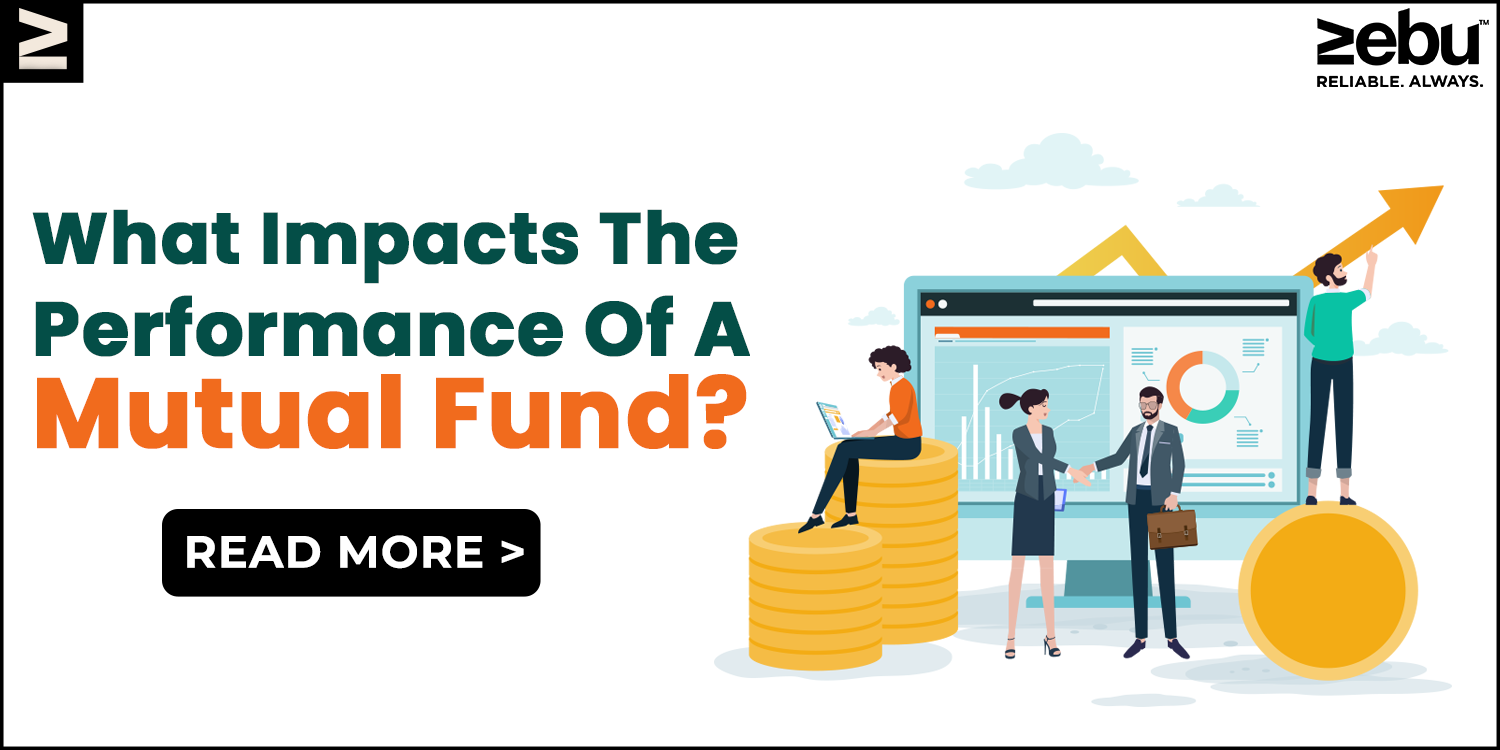
Sharpe Ratio: The risk-adjusted returns, or reward-to-risk ratio, is found by dividing the annualised return by the annualised volatility.
With the Kindino Ratio, negative returns are taken into account by dividing the annualised return by the annualised volatility of negative returns.
In the last section, we talked about how volatility was a way to measure risk. We have these two measurements because we know that not all risks are bad. Sharpe looks at all kinds of volatility, while Sortino only looks at downside volatility. Here is where they part ways. Most of the time, you want a high Sharpe and a high Sortino.
The right way to count costs
When analysing trading techniques, it’s also important to think about how much it costs to make the trades that need to be made. One of the main reasons for this is that beginners often think their techniques are better than they really are.
Many quants think that the only costs of a trading strategy are the commissions that have to be paid to brokers. Two more important examples are:
Commissions
As you may already know, it’s hard to trade without a broker. In exchange for money, brokers provide transaction services and act as an exchange. Brokers sometimes add on extra costs and fees that you might not expect. This includes any extra services, fees set by the exchange, and taxes the government might charge for the financial transaction.
Slippage
Slippage is a key feature that is often overlooked when evaluating. Slippage is when the price you wanted to trade at is different from the price you actually trade at.
Why do these prices vary from each other? There could be many things going on. For example, you might have wanted to buy 100 shares of Apple at $100 each, but only 50 people were willing to sell at that price and another 50 at $101. Your loss would have been 50 cents, and the price you would have traded at is 100.50.
Slippage, which is part of transaction costs, can quickly turn a strategy that should be profitable in theory into one that doesn’t work. In the previous example, if you had planned to sell your shares for 102 dollars, slippage would have cut your profit by 25%. Slippage can be reduced by making a good plan for execution, but it’s important to know how it might affect your deals.
A few words about the biases we all have
Everything comes from within, including both profit and loss. Even though the market and how volatile it is play a big role in how much money we make or lose, we always let an inner voice guide us when we make a trade. Some of these voices can be helpful, but most of the time they come from people’s biases. We often feel a wide range of emotions and have to make decisions we weren’t supposed to make because of these kinds of personal biases. We need to control our emotions and personal preferences if we want to know when to stop a trade and when to keep going with it.
We can’t make good decisions when we’re feeling a lot of different emotions, so these are important things to look at when judging a trading strategy. Some emotions that can make it hard to think straight are excitement, thrill, hope, fear, worry, and panic. These are the emotions that drive us, so keeping an eye on them when it makes sense will always help us do better in a trade.
If you want more information on this, we also have a page about biases in backtesting and risk management. This will tell you more about your own biases and how to avoid them so you can trade better.
Most of the time, these are some of the things that are used to judge a trading strategy. Don’t be afraid to write things down as you try to use them in your plan. Once you’ve looked at the results, you can start making changes to improve the way your transactions work.

